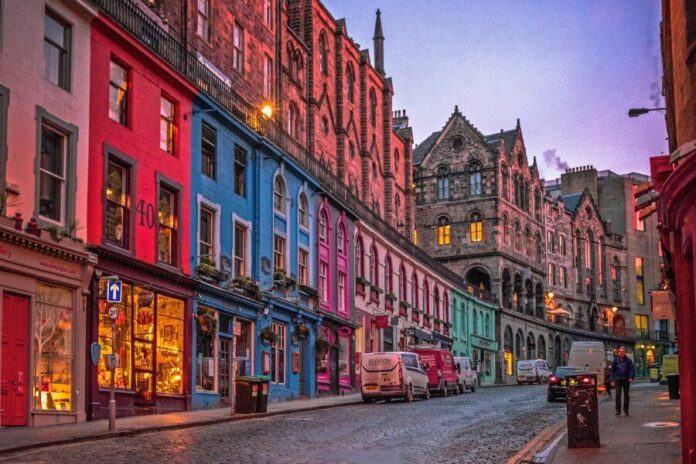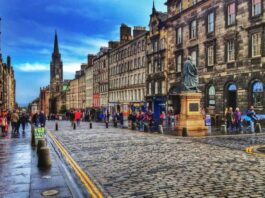You have probably driven through Edinburgh’s Old Town and New Town on previous trips to the city. You may have even questioned why the locations, although being so close to one another, look so different. Their past holds the key to the solution.
1. “Auld Reekie”
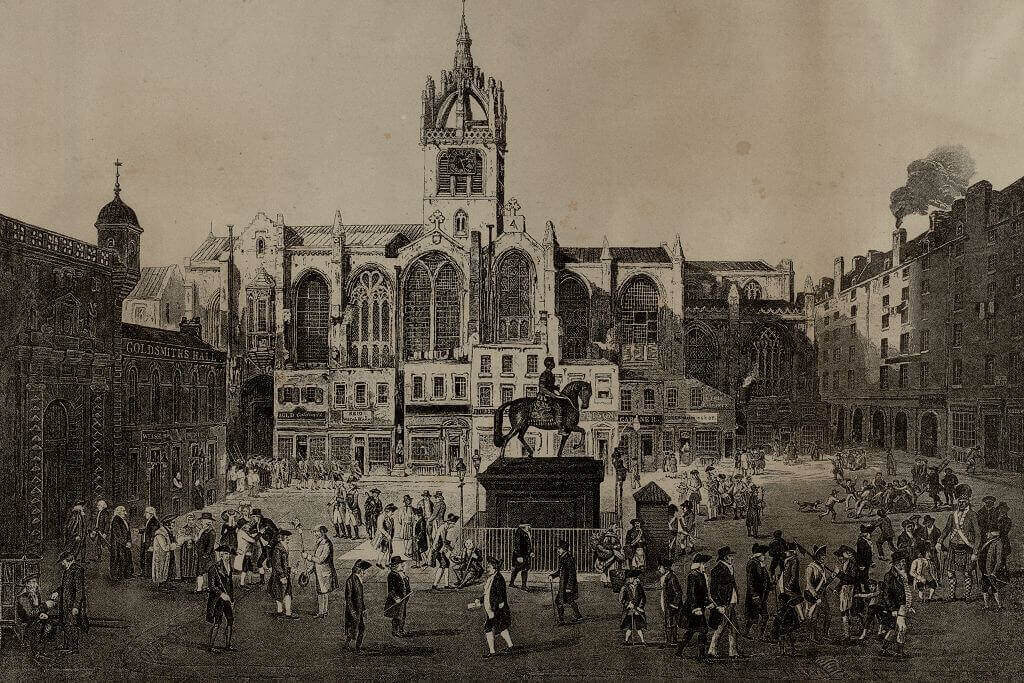
By the 17th century, Edinburgh had grown eastward and up around the castle, becoming the most populous location in all of Scotland. A maze of confined passageways known as “closes” made up the majority of the city. The closes were usually named for notable individuals or enterprises that operated there.
There was a serious issue with overcrowding and poor hygiene, which resulted in an offensive odor. People would simply throw their rubbish onto the street if there were no sanitation services. Having trouble visualizing this? The trash ran down since most of the closures were inclined. Smoke was everywhere because there were so many people occupying a limited area of land. The moniker “Auld Reekie” for Edinburgh originated from this.
The crime was common at night. The Burgh Council established a rule in 1554 requiring that all street lamps be lit at night and that everyone required to be out at night carrying a lantern or other light source.
2. Class Divides
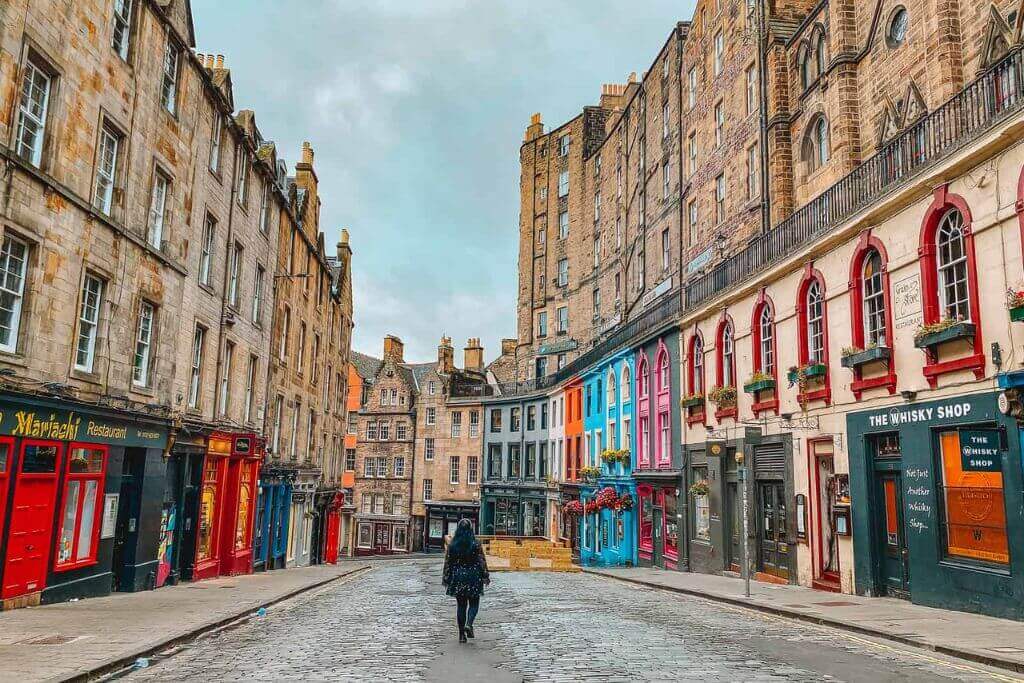
Due to the density of people inhabiting a tiny area of land, structures frequently reached eight stories in height. The poorest people lived at the bottom of society, closest to the squalor, while the richest people dwelt at the top, above it. Life expectancy was often low, and illness outbreaks were frequent.
Many of the structures near Mary King’s Close were in terrible shape by the 1750s. The effects of decades of political and economic instability as well as the strains of overcrowding, were evident. Richer locals were disturbed by the filthy circumstances of the Old Town’s closings and began to physically remove themselves from it by moving away.
They initially relocated farther east to more affluent areas like Canongate. A fresh chance for individuals with the means to live in better conditions then emerged in the late 18th century: a newly constructed town.
3. The New Town
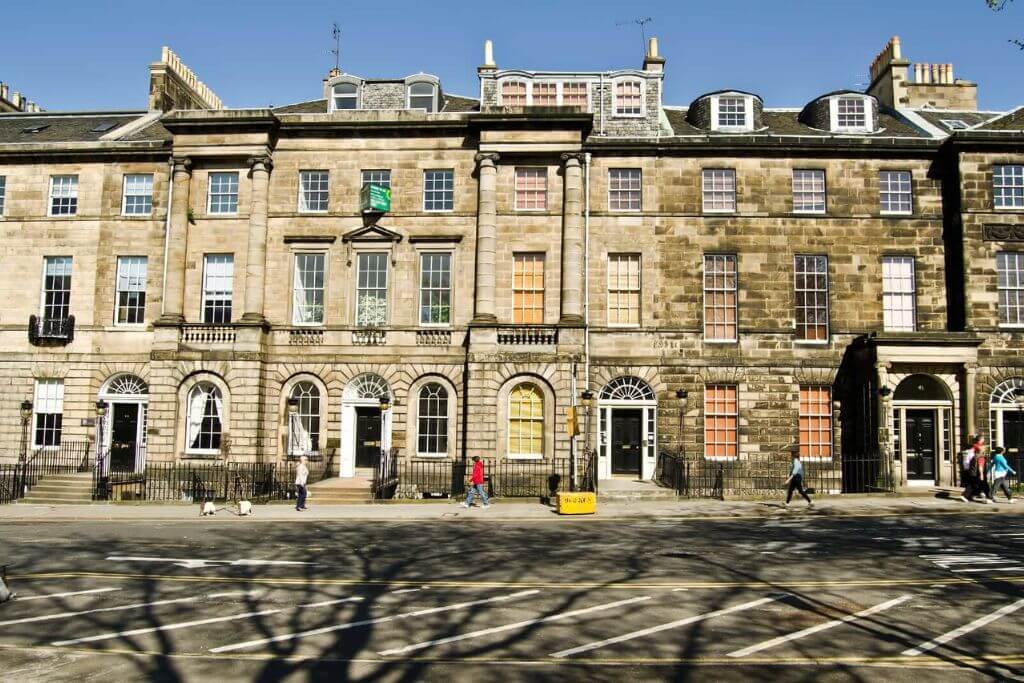
Construction on the New Town began in the 1760s. There is a clear distinction between the Old Town and this part of the city. The structures in The New Town are characteristic of neo-classical and Georgian architecture. King George III served as the model for the street names in the New Town.
Hanover Street and George Street, for example, were inspired by this. Businesses left the Old Town, and many families moved out because of the chance to live somewhere less crowded. Princes Street and George Street developed into commercial and retail hubs, particularly after the 19th-century arrival of railroads.
The Old Town struggled while the New Town prospered. There are obvious traces of poverty in Allan’s Close. Residents abandoned the structures as they deteriorated, and as a result, they were built over. Because of this, the houses and streets are still in excellent condition and provide a fascinating glimpse into how people lived hundreds of years ago.
This explains why Edinburgh’s Old Town and New Town have such dissimilar appearances.
